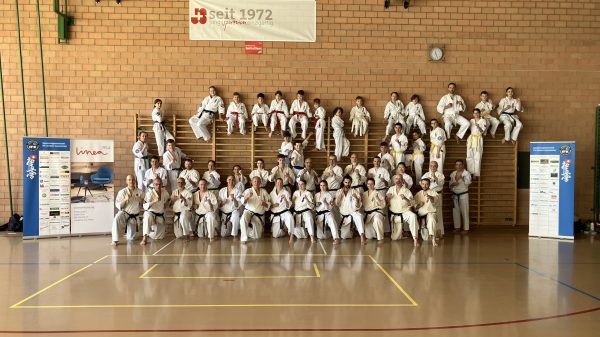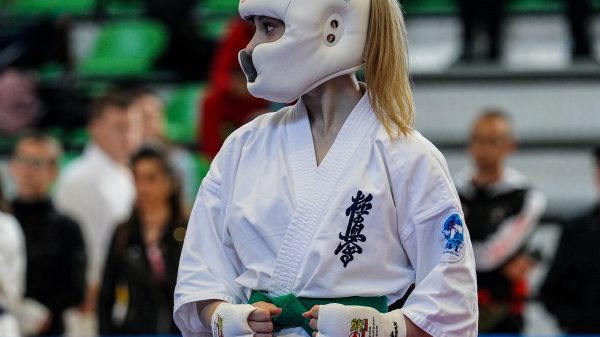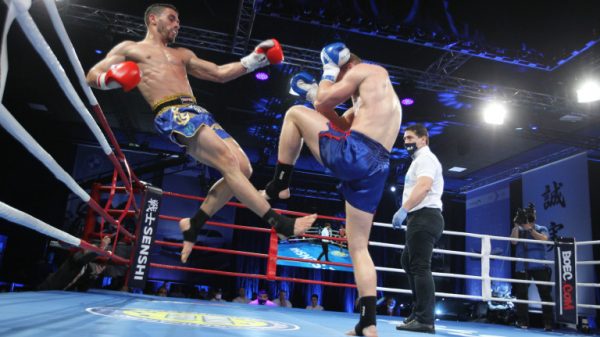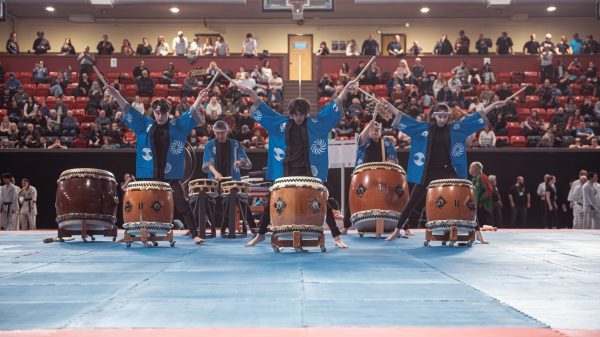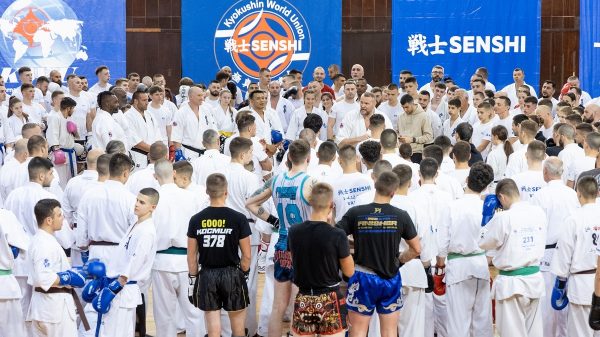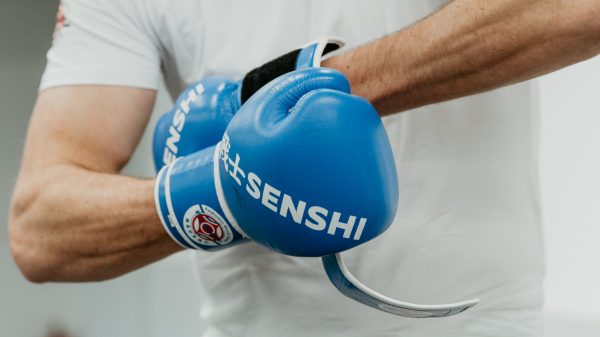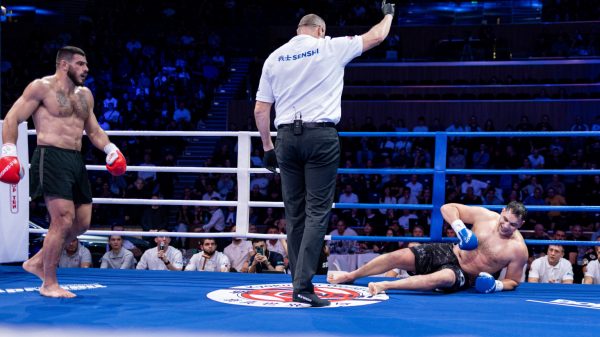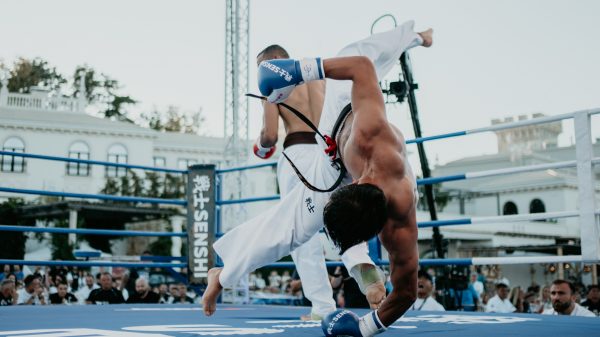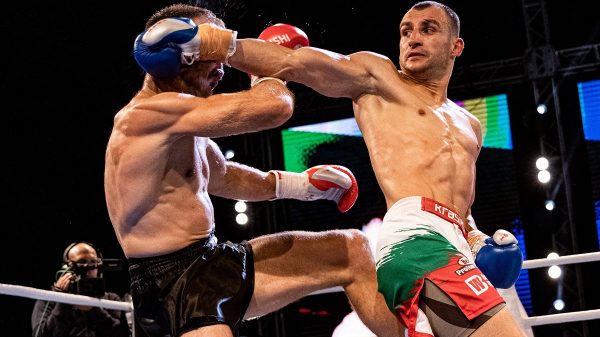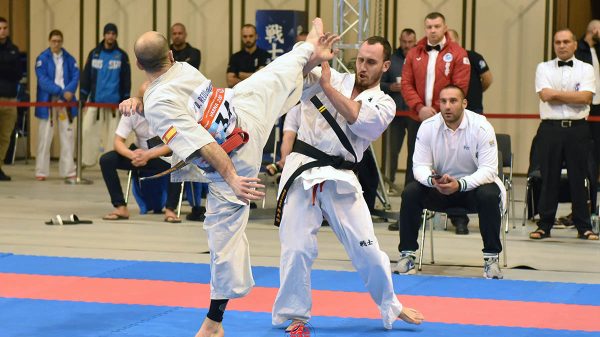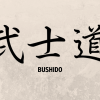When considering martial arts, Karate and Taekwondo stand out as two of the most popular disciplines globally. Both are powerful forms of self-defense with rich cultural traditions, but what sets them apart? This guide explores the histories, techniques, philosophies, and differences between Karate and Taekwondo to help you decide which martial art aligns with your goals.
The Origins: A Tale of Two Martial Arts
Karate: The Japanese Art of the Empty Hand
Karate originated in Okinawa, Japan, during the Ryukyu Kingdom period, evolving from indigenous martial arts known as “Te” and Chinese influences. It was initially developed as a self-defense method during a time when weapons were banned. “Karate” translates to “empty hand,” emphasizing unarmed combat. Gichin Funakoshi is credited with introducing Karate to mainland Japan in the early 20th century, with his Shotokan style becoming one of the most widely practiced.
Taekwondo: The Korean Art of Foot and Fist
Taekwondo’s origins go back over 2,000 years to Korea, where ancient martial arts like Taekkyon and Subak were practiced. Modern Taekwondo emerged after World War II, combining Korean martial traditions with influences from Japanese Karate. General Choi Hong Hi led the formalization of Taekwondo in 1955, and it became South Korea’s national sport. In 2000, Taekwondo was introduced to the Olympics, cementing its global status.
Similarities Between Karate and Taekwondo
Both Karate and Taekwondo share core philosophies, focusing on discipline, respect, and the development of mind and body. Practitioners advance through a colored belt system, starting with white and progressing to black belts, which signify mastery. Both arts also use forms—Kata in Karate and Poomsae in Taekwondo—to develop precision and internalize techniques. Their primary focus is on striking, using punches, kicks, and blocks to defend against opponents.
Key Differences: Focus, Techniques, and Philosophy
Kicking vs. Punching
-
Karate: While Karate includes various kicking techniques, it strongly emphasizes hand strikes. Punches, knife-hand strikes, and open-hand techniques are central to Karate’s approach and are often executed from stable, grounded stances.
-
Taekwondo: Taekwondo is renowned for its dynamic, high-flying kicks. Speed and agility are emphasized, with powerful jumping and spinning kicks taking precedence over hand techniques.
Stances and Movement
-
Karate: Karate practitioners maintain low, grounded stances to provide stability and power. The movements are linear and direct, focusing on delivering strong, precise strikes.
-
Taekwondo: Taekwondo stances are typically more upright, allowing for quick transitions and mobility. Movements are often circular, designed to enhance the effectiveness of powerful kicks.
Competition and Sport
-
Karate: Karate competitions include both kumite (sparring) and kata (forms) events. Depending on the style, sparring can vary from point-based to full-contact.
-
Taekwondo: Olympic-style Taekwondo competitions focus on scoring points through powerful kicks, especially to the torso and head. Poomsae competitions, similar to Karate’s kata, also play a major role.
Philosophical Approach
-
Karate: The philosophy of Karate revolves around self-improvement, discipline, and mastering both the physical and mental aspects of the art, often under the concept of “Do” (the way).
-
Taekwondo: Taekwondo also emphasizes personal growth, with a particular focus on the “Tenets of Taekwondo,” which include courtesy, integrity, perseverance, self-control, and indomitable spirit.
Which is Better: Karate or Taekwondo?
Choosing between Karate and Taekwondo depends on your personal preferences and goals. If you value powerful hand techniques, grounded stances, and traditional forms, Karate may be the right fit for you. If you’re drawn to athleticism, high-impact kicks, and Olympic-level competition, Taekwondo might be more appealing. Both arts provide excellent opportunities for physical fitness, self-defense, and mental discipline.
Ultimately, the decision comes down to what resonates with you. Whether you choose the direct strikes of Karate or the dynamic kicks of Taekwondo, you’ll be engaging in a practice that promotes strength, focus, and cultural understanding.



